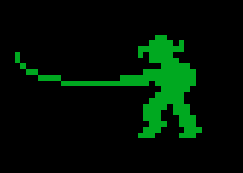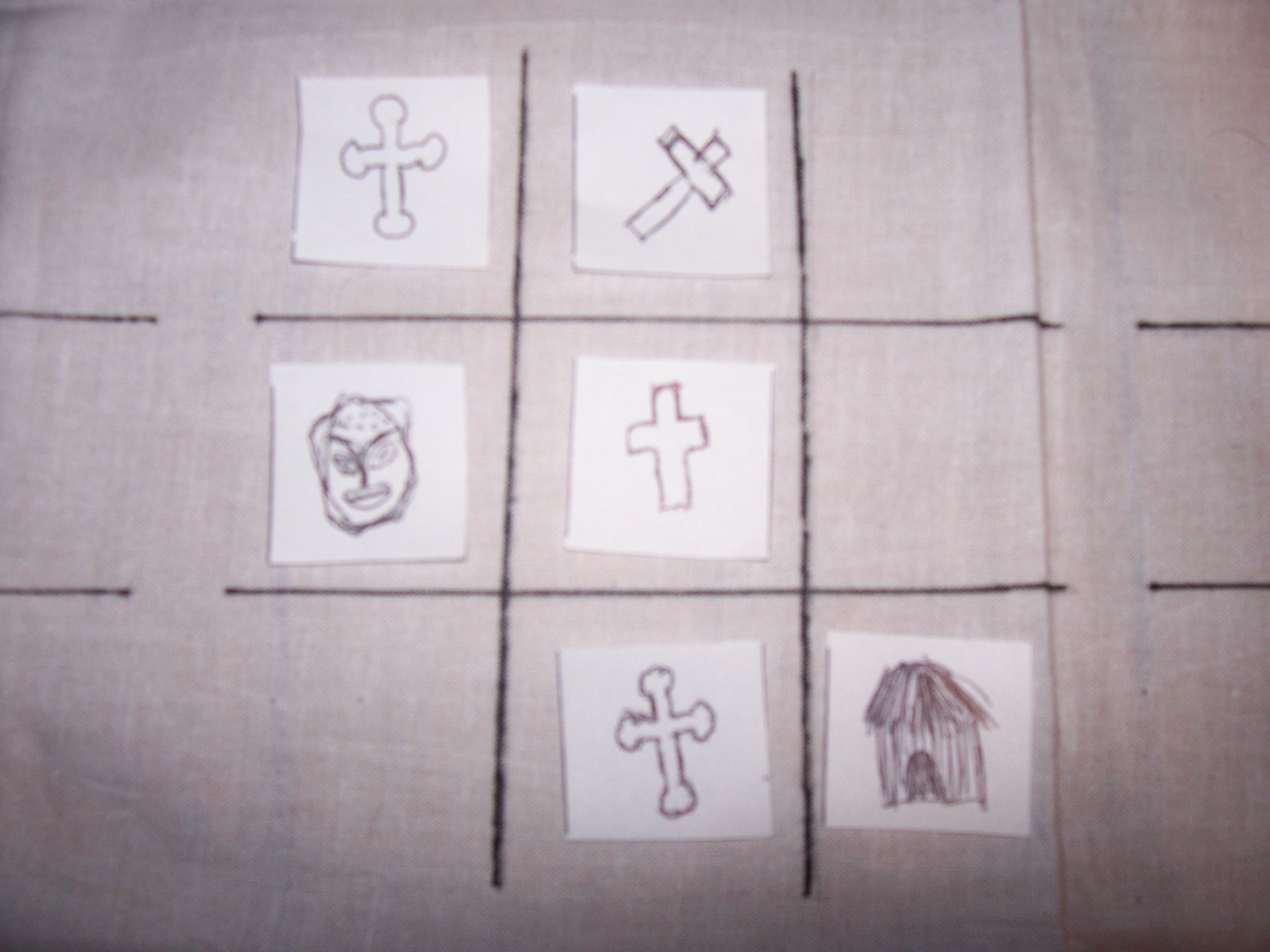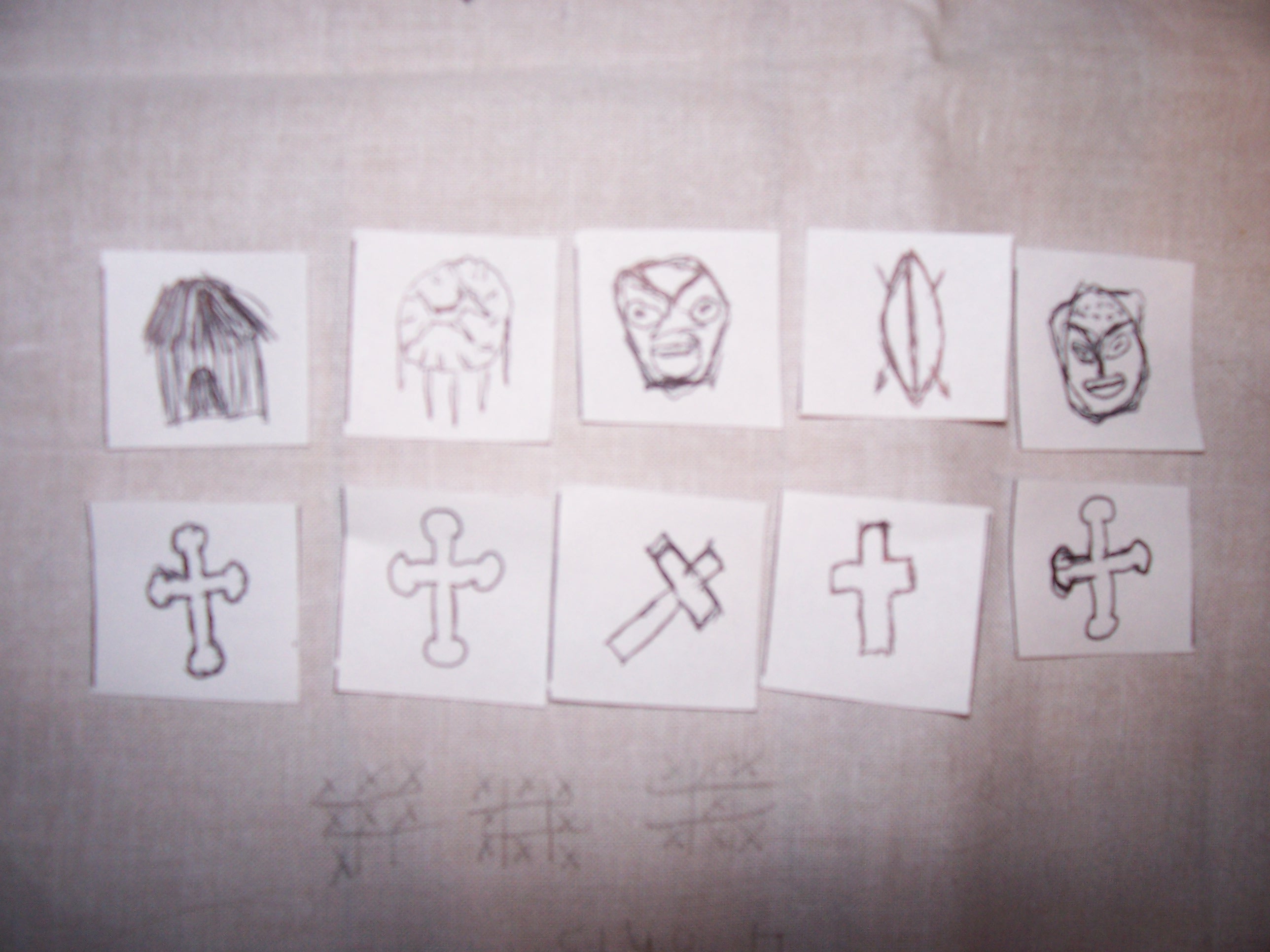Colonialist Tic-Tac-Toe
Description
Colonialist Tic-Tac-Toe is based off a study of game systems to discover any underlying militaristic themes. This is related to a larger interest I have in simple games, such as Combat, Centipede, Space Invaders, and Pac-Man, and Rock-Paper-Scissors, as it is much easier to observe small changes to the game rules and their effect on the entire system than it is in a larger, more complex game. Colonialist Tic-Tac-Toe specifically explores the territorial battles suggested by the placing of marks on the game board as well as the use of gridded space.
Colonialism was chosen as the theme for this subversion of Tic-Tac-Toe because it has territorial control as a central component of its operation and also is a critical factor in the development of war, not only between imperialist powers and the indigenous population, but also through competition among imperialist powers to secure the best resources against their rivals. The dark satirical rules underscores the brutal nature of colonialist rule and its oppression of subjugated peoples.
The addition of Colonialist and Boomstick rules demonstrates legal and military resources used by colonial powers to secure territory, as illustrated in Jared Diamond's Guns, Germs, and Steel. These rules extend to the player's real-world identities, making them dramatically aware of these power relationships, some of which continue to exist today despite considerable efforts for civil rights and equality among peoples and nations.
While the game's visual and narrative components place it specifically in Spanish imperial colonialism, a textbook example from the early colonialist period, the game could be modified as an example of colonialism in any part of the world and in any century, not simply New World expansion but also African, Asian, and Pacific imperial exploration – or to the imperial expansion of ancient empires such as the Roman Empire.



